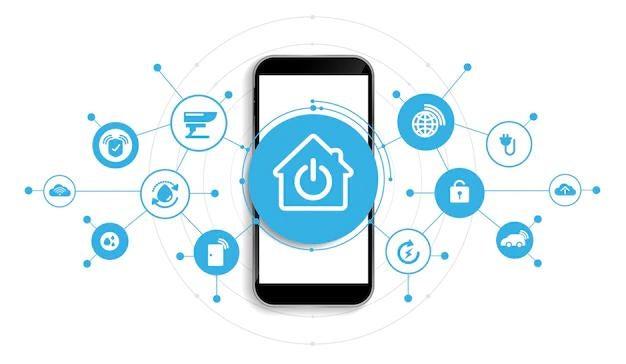The trajectory speed or in other words the growth rate of smart home products is expected to reach a few hundred billion in the next few years. And at the consumer end, people are loving every ounce of it. Smart home products are no more a luxury thing but a regular way of life where the control is in your hands. We will be discussing both aspects of it in a detailed manner.
The Booming Industry
According to recent research, there are currently 115 million smart speakers in typical homes and that number will rise to 315 million over the next five years. Additionally, a $1 trillion increase is anticipated globally by 2023.
Opportunities
-
Providing connected consumers with the products and services they need, to improve their lives and take advantage of market opportunities.
-
Re-thinking how we may employ smart Internet of Things (IoT) devices and connected technologies to be more dependable and sustainable citizens and contribute to the achievement of ambitious climate goals.
Understanding the Landscapes of Smart Homes
The advantage for consumers and smart homes is that we can monitor our connected lives and houses more closely in real-time without the hassle and (sometimes) unreliability of high-bandwidth protocols over thousands of square feet.
-
Interoperability: If you take a look at the smart home ecosystem, you'll notice that many dissimilar systems use various protocols and share different kinds of data. And a smart home is the perfect place where all the smart home products can communicate with one another.
-
Small steps everywhere: You have uninterruptible, high-frequency connectivity throughout your entire house that too everywhere! Compared to high-bandwidth data dumps, little informational packets here travel fast and can have a significant impact, becoming an important piece of information for consumers.
-
IoT friendly: It is time to take advantage of the emerging trend of IoT devices. Different types of IoT (Internet of Things) devices allow you to automate your smart home and change the way you live!
Rise of IoT:
The global market for Internet of Things goods is expected to reach $1.1 trillion next year and is one sector that has mostly escaped the pandemic unharmed. Homes are now even more of a focus than they were before the Covid-19 outbreak. More and more consumers want to use IoT technology to digitally transform their homes, provide them with voice commands, and/or implement additional safety measures. The smart home market has been protected by this consumer trend.
Conclusion:
Traditional homes were developed using a limited supply of connectivity and a limited source of control. However, today's homes are developed with the thought of giving house owners remote access (access from a half-mile away). Globally, there are around 180+ million smart homes developed. And this technology is a hit because it beautifully combines the efficiency of Artificial Intelligence and Automation for the welfare of society. And the best part is consumers are loving every ounce of it to the fullest. Some of the commonest examples of smart home products are smart speakers, smart AC, smart facial recognition devices, smart lights, smart security bells etc.

